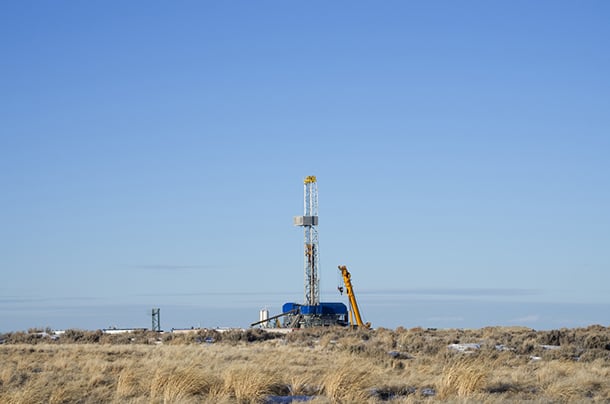Burning fossil fuels is a major cause of greenhouse gas emissions (GGE), and, greenhouse gas emissions (water vapor (H2O), carbon dioxide (CO2), methane (CH4), nitrous oxide (N2O)) are the principle cause of man-made climate change. Given this fact, governments throughout the world should be moving away from fossil fuels and investing in, and designing policies that encourage development of, renewable sources of energy. But the British Conservative government, despite public opinion to the contrary, has all but banned the construction of onshore wind turbines and is encouraging fracking in England. The Tories are the only UK political party to offer support for this regressive form of energy production, Labour, the Liberal Democrats and the Greens having all promised fracking bans should they gain political office at the next general election.
Hydraulic fracking is the process of releasing gas and oil from shale rock: huge quantities of water, proppant (usually sand) and chemicals are injected at high-pressure into hydrocarbon-bearing rocks, rocks that can be up to a mile down and were once thought to be impermeable. This process of fracturing (or cracking) forces the rocks to crack open, and gas held inside is released and allowed to flow to the surface.
Shale gas is a fossil fuel, and when combusted produces GGE, albeit at around 50% less than coal or oil, but GGE nevertheless. The leading fracking company in Britain is the energy firm Cuadrilla. An organization that according to its website, aims “to be a model company for exploring and developing shale gas in the UK,” they state that they are “acutely aware of the responsibilities this brings, particularly with regard to safety, environmental protection and working with local communities.” Really?
…click on the above link to read the rest of the article…
















